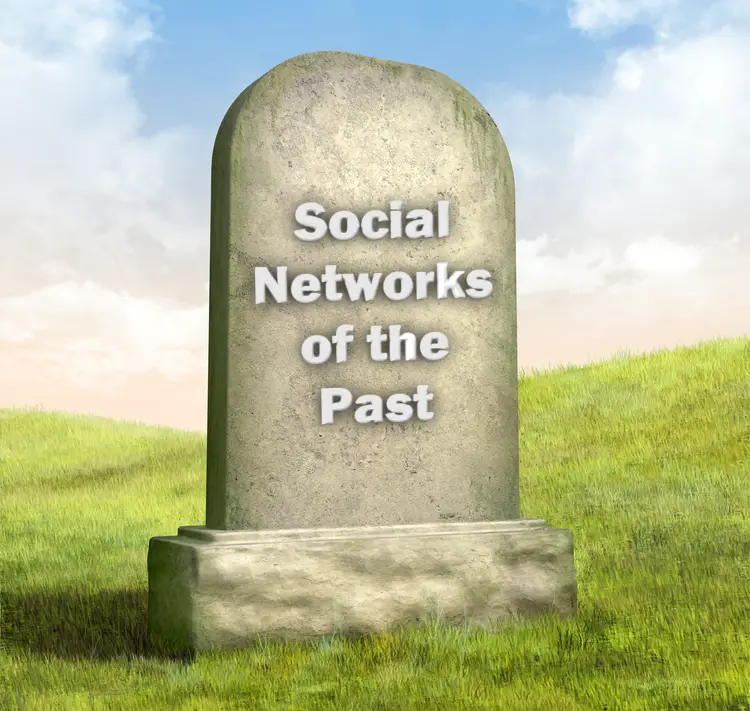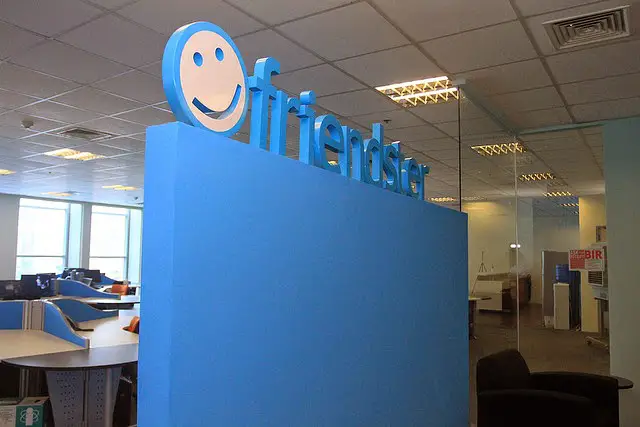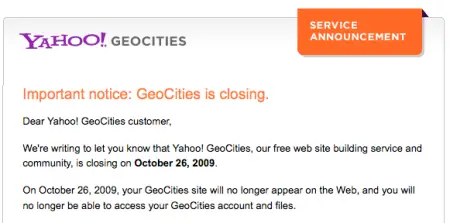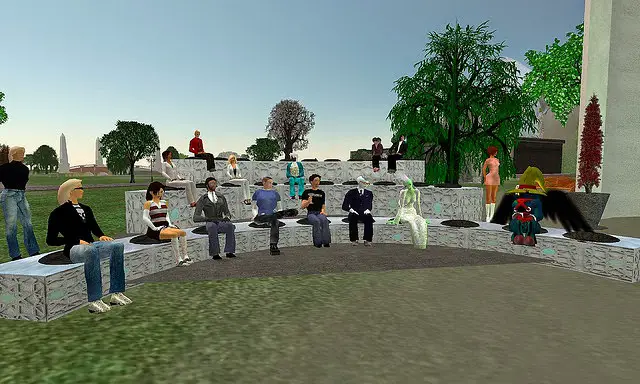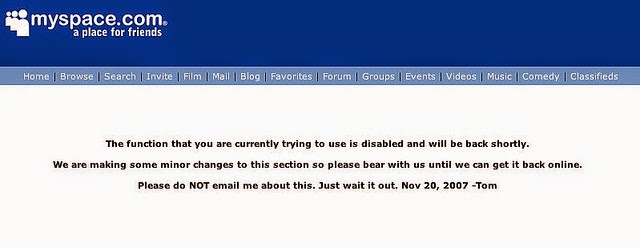What happened to all those great social networks that came before. Were they relegated to the dustbin of history, never to be seen or heard from again, or did they morph into something else? Their fate may leave a clue to the ultimate destiny of the current social networks.
It seems social media is always changing. Once one thing becomes popular, something is waiting eagerly in the wings to take over. There were plenty of social networking sites from the not-so-distant past, the social networks that appeared to crash and burn, or were slowly forgotten. But did they really disappear?
Friendster
Friendster was an early social network before the time of the behemoth, Facebook. Friendster was founded in 2002 and was one of the first major social networks to have over 1 million members. The site even had an offer by Google in 2003 to buy it for $30 million. They turned the offer down.
By 2008, Friendster had 115 million users, but traffic began to decline starting in 2009. Friendster eventually lost all popularity in the U.S., mainly due to the rise in Facebook. At the end of 2009, Friendster was bought by the Asian internet giant, MOL Global. In June 2011, they rebranded themselves as a social gaming site in Asia and discontinued the social networking accounts. Friendster lasted three more years and announced on June 14, 2015, that it was shutting down for good.
GeoCities
Remember when almost everybody had a personal website on GeoCities? The free service started in 1995 and became a hit rather quickly. It allowed internet users to have their own personal home page, and the users were referred to as “homesteaders.” When someone became a “homesteader,” they would choose one of the 14 GeoCities neighborhoods to reside in, and they were then assigned a number. That number actually became the user’s web address, or as GeoCities liked to call it, “street address.”
The pages were usually a mix of mind-numbing colors, gaudy text, and computer-driven music (those cool midi tracks) as people were getting their first taste of web design. Those GeoCities pages were likely the first spot where the everyday person could grab their own personal space on the web.
By June of 1997, the site was the fifth most popular site on the web, and the company went public a year later. By 1999, GeoCities had moved to the third spot of the most visited sites, only behind AOL and Yahoo. In that same year, Yahoo purchased GeoCities for $3.57 billion in stock, during the time of the dot-com bubble. After that time, GeoCities slowly began to fade.
By 2001, under rumors that the site was not making money, Yahoo introduced a fee program to host a page, and the free accounts were restricted. GeoCities, as part of Yahoo, somehow managed to bounce along for another eight years before Yahoo finally pulled the plug in 2009. Yahoo shut the site down in the U.S. but continued operations in Japan. That was until March 2019 when GeoCities Japan closed down for good, thereby ending the tenure of GeoCities.
Usenet
Usenet, the earliest form of divulging information, was established in 1980. Usenet consisted of newsgroups that covered every topic imaginable, all in text format. It was a precursor to the forums that we see today, largely without a moderator. In many ways, it was like the wild, wild west of the internet.
Many terms we use today had their start on Usenet. The term “spamming” was one of them. Usenet was unregulated, but many important announcements were made through it. Usenet was an avenue to release information before information was readily available like it is today.
Usenet’s initial decline is largely attributed to the “Eternal September,” a term used to describe the time when AOL began offering access to the internet and Usenet in 1993. Before that time, Usenet was largely used in colleges and universities. “Eternal September” denoted the time that incoming freshmen would first access the network and the large influx of new users who didn’t understand the customs of using Usenet.
Usenet hasn’t died but it has had a massive drop in user numbers. It also developed somewhat of a reputation for attracting the seedier underbelly of society. Most server companies or universities offering the newsgroups have shut them down. Duke University, where Usenet started with a connection to the University of North Carolina, shut down its Usenet server in May 2010, thirty years after it started. The University of North Carolina followed in 2011.
Second Life
Who would want to have a second life? Apparently many did and still do. Second Life is an online virtual world where users (or residents as they are called) can interact with each other as avatars. You can purchase or rent “virtual real estate,” socialize, trade goods, and join in group activities. It even has its own currency.
Second Life started in 2003 and rose in popularity in 2005 and 2006 when it was learned people were making a living off the virtual world. Second Life peaked in 2009 and began a steady decline after that. Second Life is too complicated and confusing to try and explain how it works in this small space unless you’ve actually participated in it. It also has a long and varied history. As surprising as it is, Second Life is not dead. It’s still alive and kicking. As of 2017, Second Life reportedly had about 600,000 active members. It can still be joined for free today.
MySpace
Besides Friendster, MySpace probably had the biggest downfall because of Facebook. Viewing certain MySpace pages, in the beginning, could almost put you in a seizure-inducing fit.
MySpace was born from employees of eUniverse, an internet marketing company, who had Friendster accounts. They started it in 2003 and used many of Friendster’s popular features as part of MySpace. Most of the first accounts were eUniverse employees.
MySpace gained tremendously in popularity with teenagers and young adults after that time. In 2005, Mark Zuckerberg turned down an offer by MySpace CEO Chris DeWolfe to buy Facebook. Later in 2005, MySpace was purchased by News Corporation for $580 million.
In 2006, MySpace hit 100 million accounts, and by 2008 it was considered the leading social network. At one point in 2007, it was valued at $12 billion. The decline began right after the peak in 2008 when Facebook overtook MySpace in the rankings. One of the reasons believed for the decline in membership (other than Facebook) was that MySpace developed everything themselves and didn’t allow outside development while Facebook did.
The final nail came in 2011 when membership declined dramatically from 95 million users to 65 million users in twelve months. Traffic spiraled down by 44% in February of that year, and later that month, MySpace was put up for sale. It was sold in June 2011 to Specific Media, and the price was rumored to be $35 million. It was quite a drop from the $580 million News Corp had paid for the site six years before. Justin Timberlake even had an ownership stake in Specific Media’s purchase.
MySpace continued to stay afloat and was relaunched in 2013 as a music-centered site with the help of Timberlake. As of January 2015, MySpace reportedly had 50.6 million active users.
By February 2016, MySpace had been sold again. This time to Time Inc for an undisclosed amount. But what Time was reportedly after was the database of MySpace’s 1.2 billion worldwide users that had signed up for the site at some point in the past. MySpace continues to have a presence online today.
Social media continues to be an ever-changing environment, but some of these companies never really went away, they just found a new niche. Only time will tell how the current social networks will survive.

